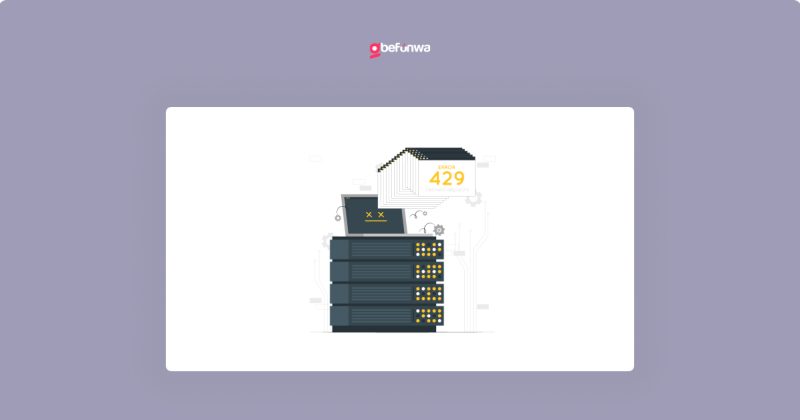
The 429 Too Many Requests error is a common issue in WordPress that occurs when a website exceeds the maximum number of requests allowed by the server. This error can be frustrating, especially when you’re trying to access your website or perform routine tasks. In this article, we’ll explore the causes of the 429 error and provide step-by-step solutions to fix it.
Contact your hosting provider to check server load and traffic.
Consider upgrading to a more robust hosting plan.
Deactivate plugins like W3 Total Cache, WP Super Cache, or WP Rocket.
Check if the error persists.
Ensure all plugins and themes are up-to-date
Update to the latest versions.
Contact your hosting provider to check server limitations.
Increase the maximum allowed requests or adjust server settings.
Disable features like WordPress cron jobs or heartbeat API.
Check if the error persists.
Install a security plugin like Wordfence or MalCare.
Configure the plugin to block suspicious traffic.
If none of the above solutions work, contact your hosting provider for assistance. They may need to adjust server settings or provide additional guidance
Regularly monitor website traffic and server load.
Use a caching plugin with a built-in security feature.
Limit the number of requests from a single IP address.
Use a CDN to distribute traffic and reduce server load.
To conclude, the 429 Too Many Requests error can be resolved by addressing high traffic, poorly configured caching plugins, incompatible plugins, server-side limitations, and WordPress core issues. By following these step-by-step solutions, you can fix the error and ensure a seamless WordPress experience. Remember to regularly monitor your website traffic and server load, and use security plugins to prevent future errors.
Deborah Oludimu is an experienced content writer with 3+ years of experience. She is skilled in research, writing, and editing to produce high-quality, engaging content across industries. Deborah is passionate about creating content that informs and inspires
© 2025 GBEFUNWA.COM. All rights reserved.
The WordPress® trademarks are the intellectual property of the WordPress Foundation, and the Woo® and WooCommerce® trademarks are the intellectual property of WooCommerce, Inc. Uses of the WordPress®, Woo®, and WooCommerce® names in this website are for identification purposes only and do not imply an endorsement by WordPress Foundation or WooCommerce, Inc. gbefunwa is not endorsed or owned by, or affiliated with, the WordPress Foundation or WooCommerce, Inc.